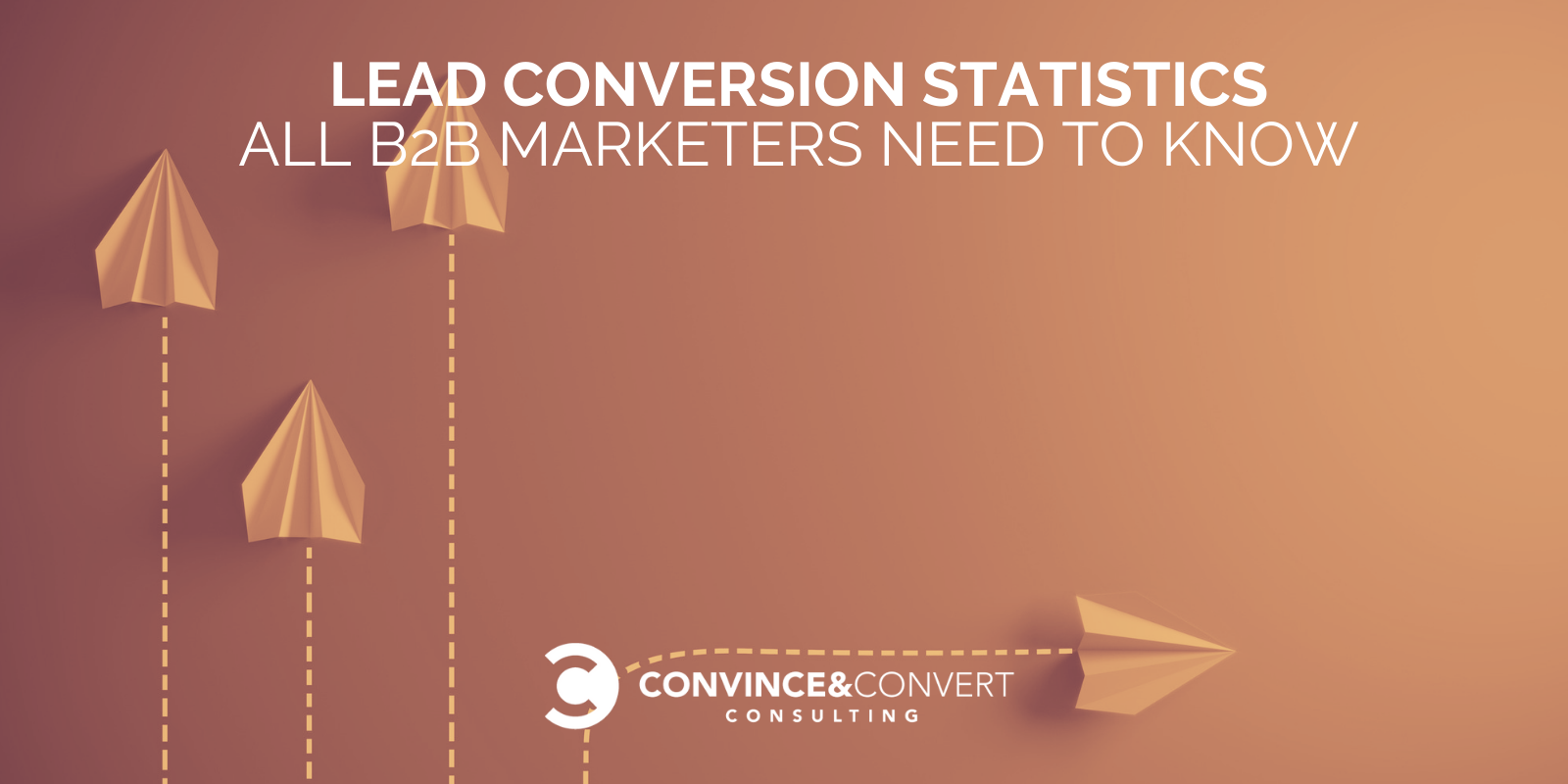
B2B marketing is complex with a myriad of tactics, technologies, and data solutions to choose from to promote your business and sell your products and services.
As complex as modern B2B marketing is, it is also as simple as:
- How do I attract people to my products and services?
- How do I convert those people to purchase?
Ascend2, in partnership with Verse, surveyed 277 marketing professionals to learn more about the state of lead conversion.
If you find that lead conversion is difficult, you are not alone. The State of Lead Conversion in Marketing and Sales found that only 12% of marketing professionals are very satisfied with their lead conversion abilities.
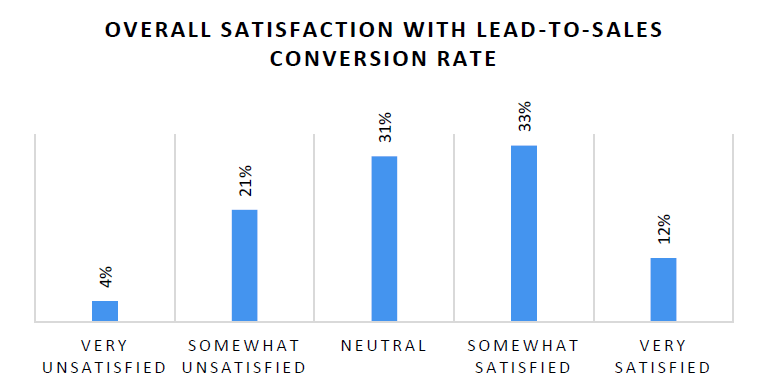
Companies continue to struggle with establishing contact, qualifying, and effectively following up with the leads they spend so much time and money to generate. Lead conversion is challenging, but the inability to improve lead conversion rates has several significant, negative downstream impacts: wasted marketing budget, wasted sales team time, and significant lost revenue opportunity.
“Verse calls this the lead conversion gap, and we believe closing it is the next frontier for marketing and sales,” said David Tal, Verse co-founder, and co-CEO. The Lead Conversion Report provides valuable insight to help companies understand the lead conversion gap and provides insight and tips on how to close the gap.
Here are a few noteworthy lead conversion statistics from the research study, The State of Lead Conversion in Marketing and Sales.
Finding #1: Companies Need More Lead Qualification Data
Lead conversion is hard. Identifying the challenges with lead conversion allows you to develop a plan to overcome those challenges.
Gathering and organizing relevant data, then leveraging it to better communicate with your leads is essential to increasing lead conversion rates. 43% of those surveyed report that collecting enough data on leads is the greatest barrier to successful lead conversion. Following up with leads quickly, before they lose interest, and making initial contact with leads also rank at the top of this list of challenges for 41% and 39% of marketing and sales professionals, respectively.
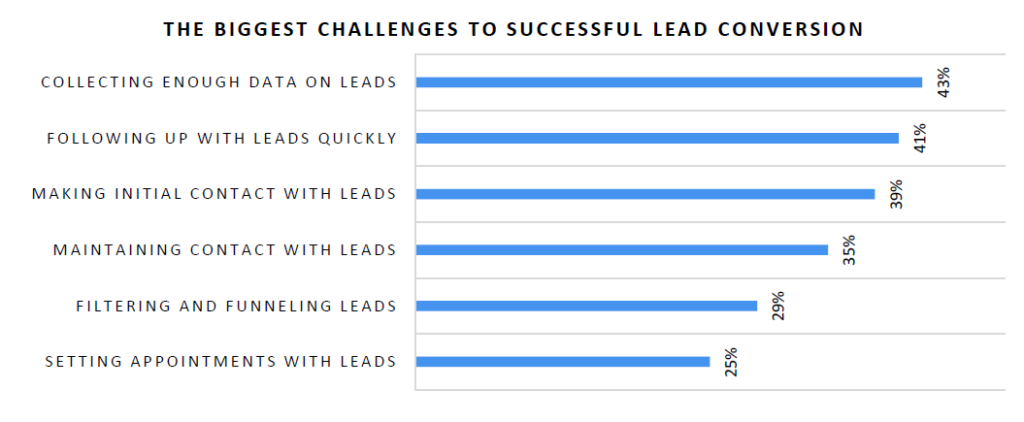
Finding #2: Companies Struggle to Establish Fast Initial Contact with Leads
Research shows that 24/7 speed of response to a lead inquiry is critical for improving conversion. 41% of companies feel following up with leads quickly is a challenge, especially given that a significant number of leads come in after regular business hours.
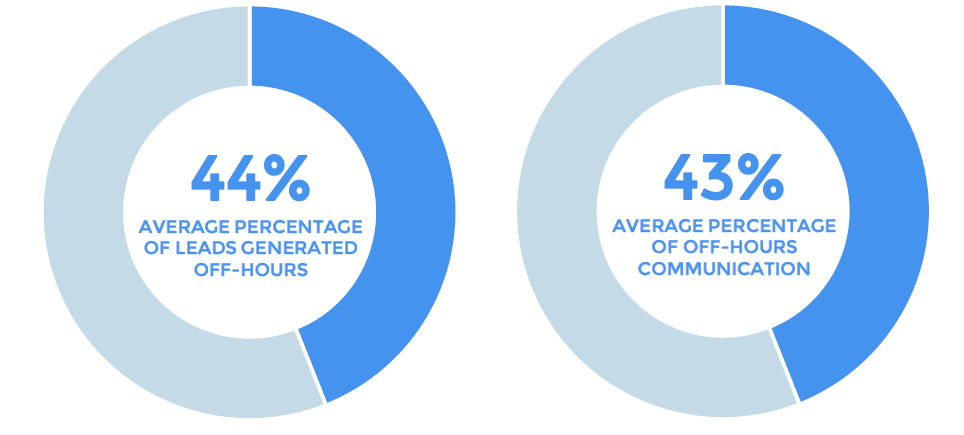
There are three reasons Inside Sales cited why speed-to-lead is so vital:
- Presence detection – if a lead puts their information in on a website or fills out some sort of online inquiry form, the lead is likely still next to their phone or computer. Contacting a lead immediately provides the best odds by far for getting a lead to engage quickly.
- Top-of-mind-awareness – this concept of calling or contacting a lead immediately equates to staying on their mind. The average callback time is nearly 48 hours after a lead submits an inquiry — if you can’t outperform that significantly, the consumer will likely have forgotten about your business. (InsideSales.Com)
- The “Wow” effect – people seem to be impressed rather than concerned when a company follows up within minutes of inquiring! This “wow” factor creates a response from consumers that establishes immediate trust. Prospects likely correlate the promptness of response and assume that their business was prioritized and valued.
The speed-to-lead mission is non-negotiable for sales teams to capitalize on their leads. According to LeadSimple, you’re 21X more likely to convert a lead if you respond within the first 5 minutes versus 30 minutes.
Finding #3: Communication Capabilities Matter
The vast majority of marketing and sales teams are utilizing more manual and time-consuming methods of attempting contact with inbound leads. Over two-thirds of those surveyed say email (37%) and phone calls (36%) are the communication channels used most often to follow up with inbound leads. Only 6% of those surveyed take advantage of text/SMS to follow up with leads.
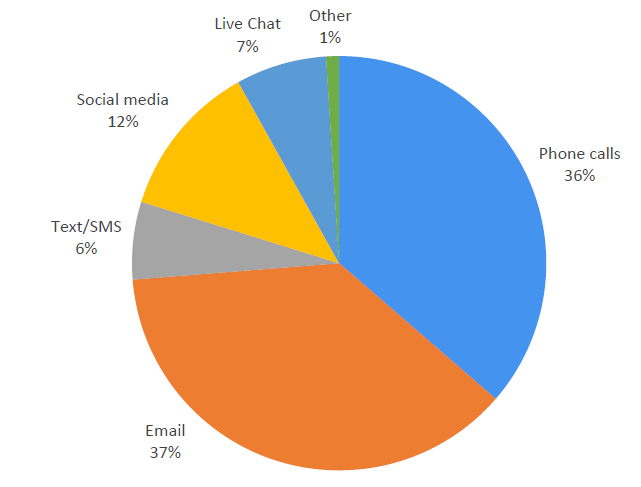
A Closer Look: Do you use text to follow-up with leads? 89% of consumers prefer to communicate with businesses via SMS. With an opportunity as clearly defined as this, now may be the time to re-examine your communication strategy and ask the question, are phone and email still the best option?
Finding #4: The State of Marketing Automation
Nearly half (44%) of those surveyed have email marketing automation and 39% use a Customer Relationship Management (CRM) tool. Interestingly, only 25% of marketing and sales professionals have an automation software specific to lead conversion.
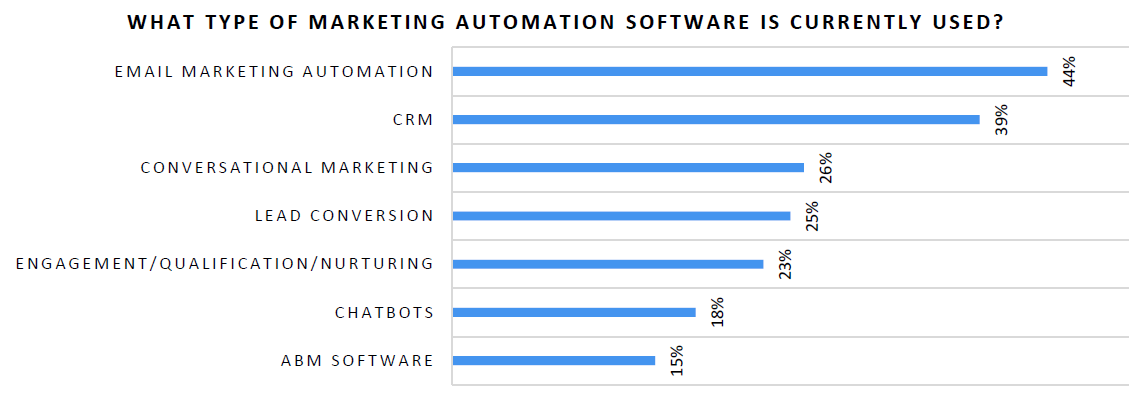
Did you know? There are 8,000+ MarTech solutions and the number continues to grow. There is plenty of technology available but expensive and complex tech stacks aren’t cutting it, especially at the bottom of the funnel. Smart integration between systems is critical to success. For example, software that integrates with any CRM solution, meaning you do not have to invest tons of time and money creating and maintaining additional software for the sake of a contact center. This simple solution is one more step to closing the lead conversion gap.
Bonus Finding: Sequencing Matters
According to 43% of marketing and sales professionals, the first attempt to contact a lead is made by phone call, followed by email for 40%. By the third follow-up attempt, those surveyed begin to utilize text (21%) and live chat (11%) more frequently.
The most common follow-up sequence is: ❶ Phone → ❷ Email → ❸ Phone

While phone calls remain the communication channel of choice, 87% of people don’t answer phone calls from numbers they don’t know. And according to Gartner, SMS/text is much more effective than email – 98% of text messages are read, compared to just 22% of emails.
Final Thoughts
How are you closing the lead conversion gap? Please leave a comment and share what is working for you. How are you improving data, sequencing your follow-up, securing and speeding up the first contact, and using technology to optimize the process? Help the community by sharing what works for you.
You can download the entire The State of Lead Conversion in Marketing and Sales for more data, tips, and strategies to close the lead conversion gap.
